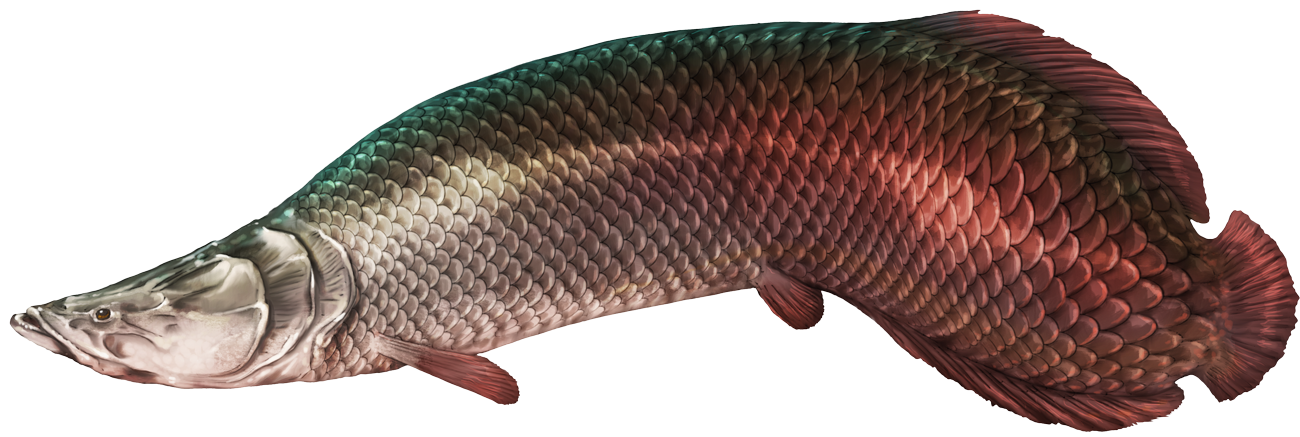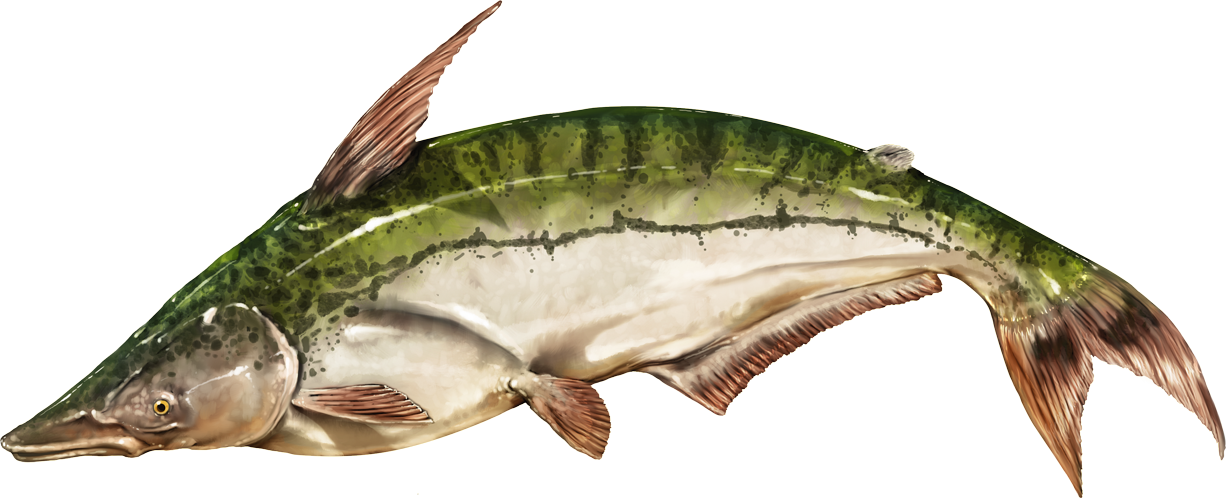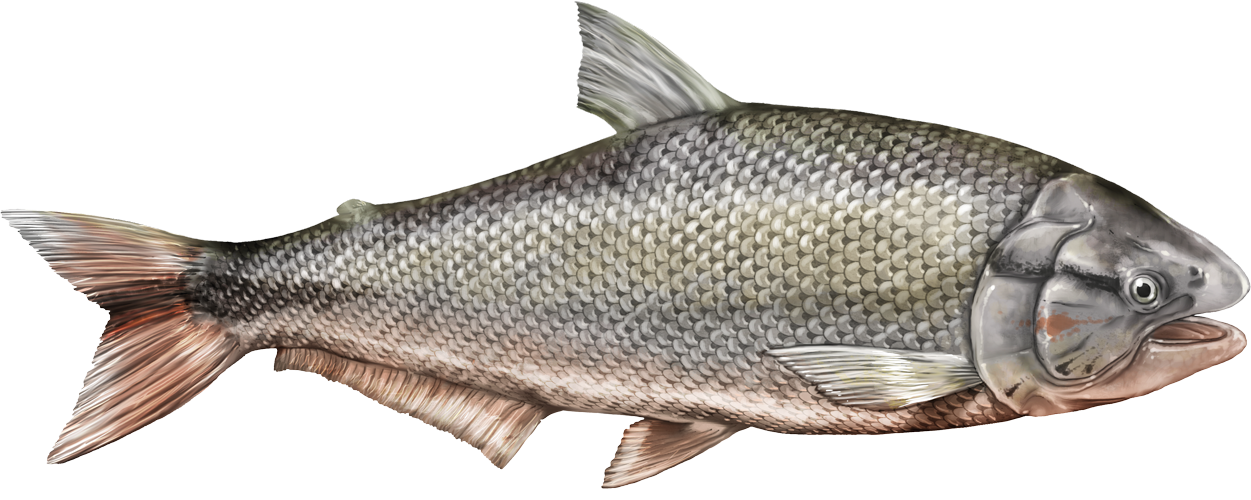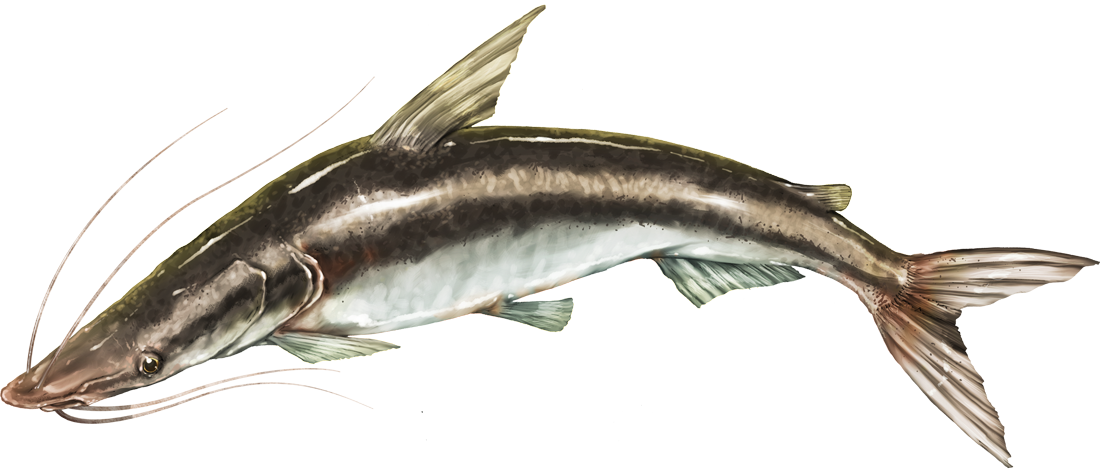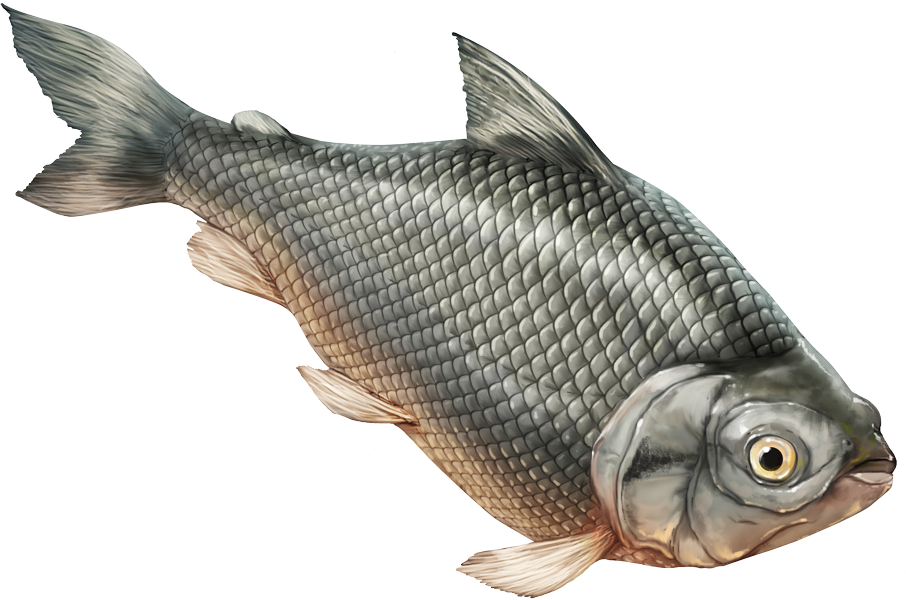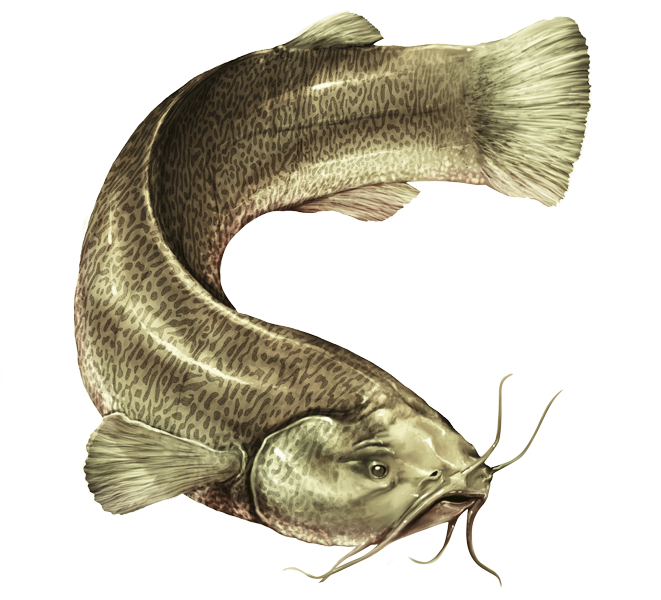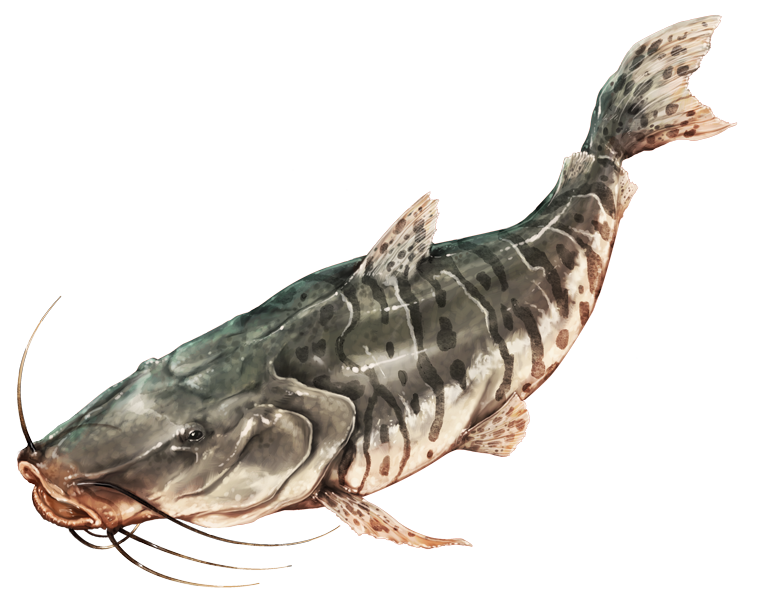The reevaluation of Red Lists may show if initial alarms about endangered species have encouraged actions and management plans directed towards their conservation.
Since the 80's, Colombia has developed Red Lists and Red Data Books to draw attention over those species that are in danger of extinction, and also to support the definition of priorities and key areas for the conservation of these species1-3. In the evaluations of Red Data Books, the changes in threat categories may be associated with aspects such as access to more information and changes in taxonomyHowever, threat categories may be altered by genuine changes in conservation status due to successful conservation actions or deteriorated populations4. To measure these changes, the International Union for Conservation of Nature (IUCN) has several biodiversity indicators that obtain good estimates of the status and tendencies of the species evaluated5. One of these indicators is the Red List Index (RLI). It analyzes the changes in species extinction risks through time based on genuine changes in threat categories between at least two evaluations5.
The studies were chiefly centered on the species in the basin of Magdalena-Cauca. Others analyzed those species distributed along the basins of the Orinoco and Amazon rivers, and fewer studied the basins of the Catatumbo River and those that drain into the Pacific Ocean. All of this research represents progress regarding conservation actions, yet the results obtained are less than expected after thirteen years. The conservation prospect of threatened freshwater fishes is not hopeful; the information update of 2012 shows that the number of species in risk categories increased from 45 to 81.
In this context, monitoring the impact of the publication of the Red Data Books of freshwater fishes in Colombia6,7 is specially relevant because of the evident ecosystem and food safety importance these species have. Additionally, this group has two evaluations (one in 2002 and another in 2012). In the results obtained for the two risk analyses, there are changes caused by alterations in the conditions of the country and knowledge about freshwater fishes. On the other hand, an analysis of the information sent by the Regional Autonomous Corporations (CAR for its initials in Spanish), the National Authority of Aquaculture and Fishing (AUNAP for its initials in Spanish), some universities, NGOs, and research institutes of the National Environmental System reveals that the studies respond to a series of conservation measures proposed by the two evaluations.
Although the calculation of RLI4 indicates a decrease in the future rate of extinction, the index is probably responding to an increase in the quantity of information for the evaluated species and not necessarily positive changes in its conservation or habitat. The extinction of freshwater fishes is caused by strong threats such as overfishing8,9,pollution by waste disposals and mining, deforestation, drying wetlands, habitat fragmentation as a consequence of dam constructions, and biological invasions7.
In sum, the rate at which knowledge about freshwater fishes in the country and their conservation is being produced is very low in comparison to the rate at which ecosystems are being damaged10. It is therefore necessary to revise and update the existing regulatory framework and summon the involved actors (Ministry of Environment and Sustainable Development, AUNAP, NGOs, academia, etc.) in order to improve the present conditions of the basins that these species inhabit, develop a minimum of biogeography, biological, and fishery studies, and strengthen the work completed by the CAR. Additionally, it is crucial to articulate the functions and capacities of the various entities of the environmental sector for a conjunct management of fisheries and aquifers in Colombia.
